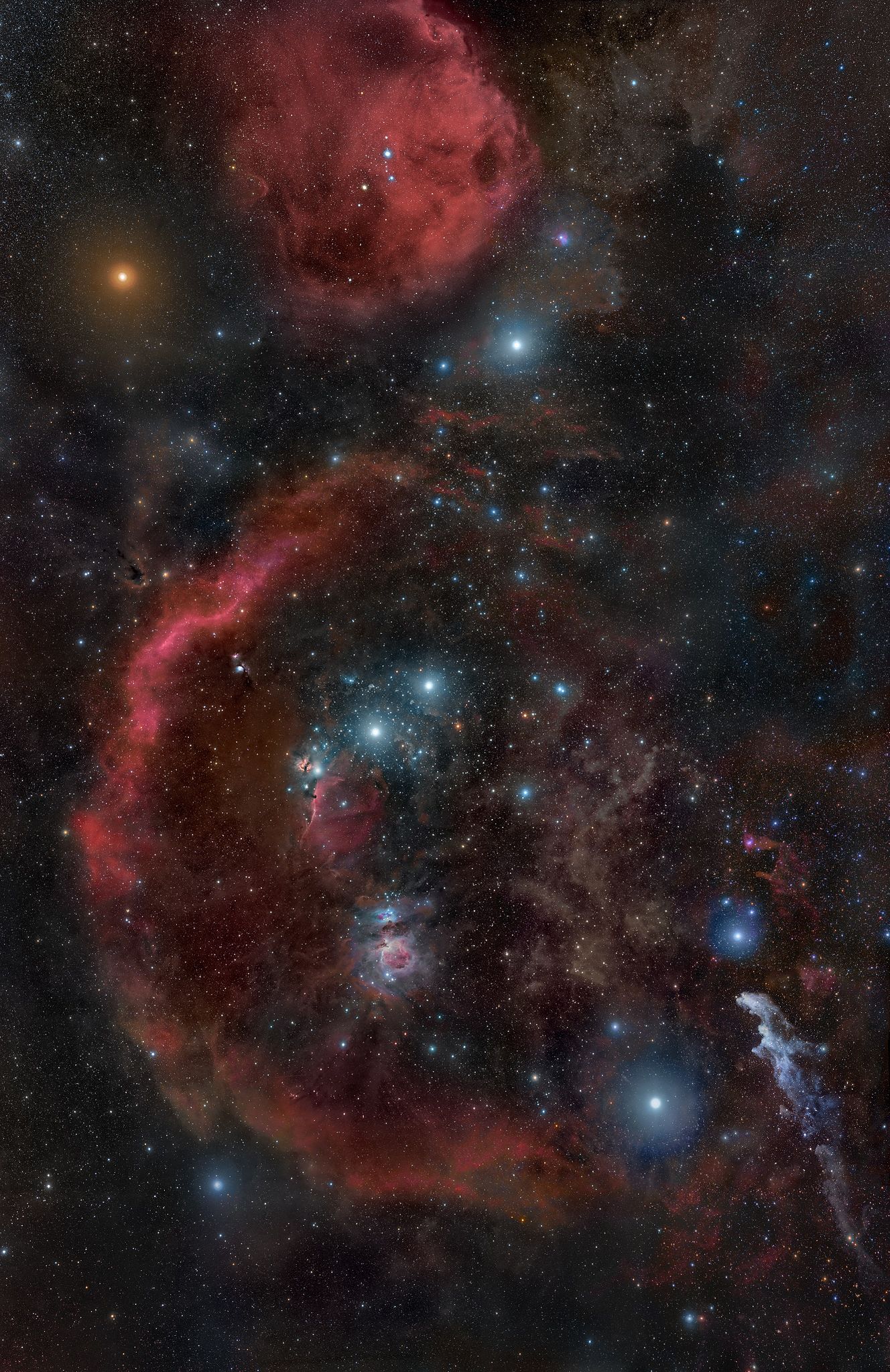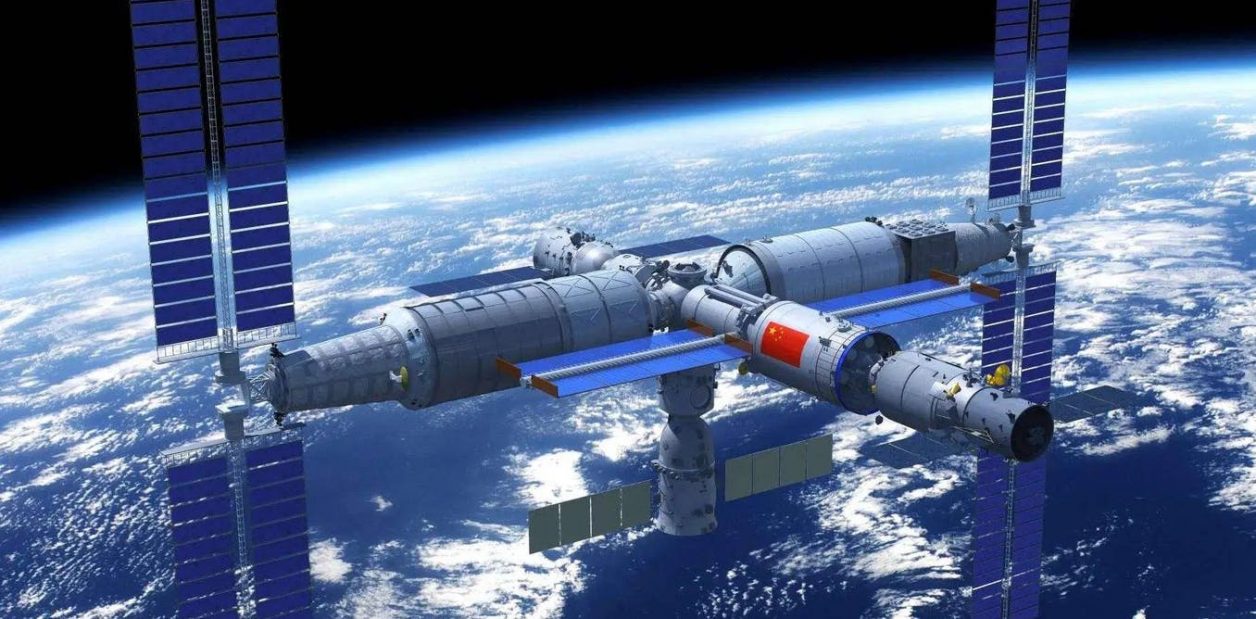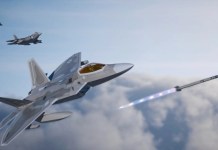The space race between the United States (US) and China is set for a new and exciting turn as the latter is geared to challenge the mammoth American telescope with its fleet of tiny satellites as they dive into deep space.
China’s scientists are creating a fleet of small satellites to conduct cutting-edge astronomical investigations that were previously only possible with massive and costly space telescopes.
To monitor the highly energetic and short-lived violent occurrences of deep space, the Chinese mission has envisioned more than 100 microsatellites, each outfitted with a smaller and lighter version of a typical X-ray telescope.
The technique contrasts sharply with the current trend of ever-larger telescopes that can look deeper into space and time.
The $10 billion James Webb telescope of the United States, which was launched in December to search for the universe’s first light after the Big Bang took more than two decades to develop and cost up to ten times than what was initially planned.

In fact, in a new series of tests, NASA is looking into a new method using liquid technology that could allow it to build telescopes ten times larger than the James Webb Space Telescope.
Astrophysicists around the world believe that larger telescopes can collect more light, allowing astronomers to view smaller, darker, and farther away objects more clearly.
However, China’s departure from that approach could prove to be a breakthrough for its space program. The CATCH (Chasing All Transients Constellation Hunters) team plans to launch a pathfinder satellite next year, followed by ten orbiting satellites to test the intelligent control system.
CATCH is a constellation of hundreds of satellites. Each satellite will be equipped with a lightweight focusing X-ray telescope built separately by China. One or more transients can be tracked by a single satellite, and hundreds of satellites can work together to provide continuous monitoring of a large number of transients.
Furthermore, a vast field of vision or a high-precision constellation of satellites can be formed to cooperatively pursue some essential targets (such as gravitational wave bursts).
China’s Novel Astrophysical Experiment
Tao Lian, who is in charge of essential technology research and development for the CATCH project, stated that if the first steps are successful, the team plans to deploy the full constellation around 2030.
The expected budget for each satellite, according to Tao of Beijing’s Chinese Academy of Sciences’ Institute of High Energy Physics, is $1.6 million, with half of that going toward launch costs. She predicted that costs might be greatly reduced in a few years, with cheaper satellites and launch services provided by private enterprises, SCMP noted.
According to Yin Qianqing, another member of the CATCH team, the biggest issue will be coordinating the satellites as they function individually and in tandem.

Each “smart” microsatellite will be able to automatically initiate detection and tracking while in orbit, identify targets effectively, and correlate its findings with an astronomical phenomenon database, he elaborated.
In collaboration with North Night Vision Technology, a global optical products provider based in Kunming, Yunnan’s southwestern region, compact mirrors that match the anatomy of a lobster’s eye are being produced for the microsatellites in an unprecedented development.
The mirrors’ intricate construction is designed to gather light from various angles in the search for phenomena ranging from supernova explosions to black hole emergence, which can be detected in the X-ray sky by the incredibly hot gases they create at temperatures exceeding a million degrees Celsius.
Big Way Or Small?
Most observations rely on the collection of light particles and a bigger mirror means that it could collect more light.
However, that is a very expensive method as it takes several years to construct the primary mirror, and just assembling it in space takes no less than three months, not to mention the outstanding costs of the whole process from development to assembly.

Nonetheless, this is the primary reason why small satellites have mostly been relegated to Earth observation and educational purposes however successful deep space discoveries have already been made using these small and considerably less expensive devices.
The Canadian-European BRITE mission employs a network of five nanosatellites to monitor brightness fluctuations in very brilliant stars, according to astronomer Jonathan McDowell of the Harvard-Smithsonian Centre for Astrophysics. “It’s true that the size of telescope matters, but there are areas where small satellites can ESA help in astronomy,” he said.
ESA's first launch of 2018 will be a cereal-box-sized #CubeSat, launching from China on 2 February with a near-twin to test inter-satellite radio and micro-propulsion technology: https://t.co/azBgCR57n1 pic.twitter.com/y6Ahcl0MJz
— ESA Technology (@ESA_Tech) January 1, 2018
A team led by Tsinghua University in Beijing reported detecting a gamma-ray burst — the universe’s most intense explosion – with a 10cm (3.9 inch) CubeSat last November. Large gamma-ray telescopes, including Nasa’s $700 million flagship observatory Fermi Gamma-ray Space Telescope, corroborated the discovery, which was published in The Astrophysical Journal.
If China succeeds in making breakthroughs with its constellation of micro-satellites, it could become the epitome of inexpensive Chinese technological development and aid global deep space exploration efforts effectively.
- Contact the author at sakshi.tiwari9555@gmail.com
- Follow EurAsian Times on Google News




